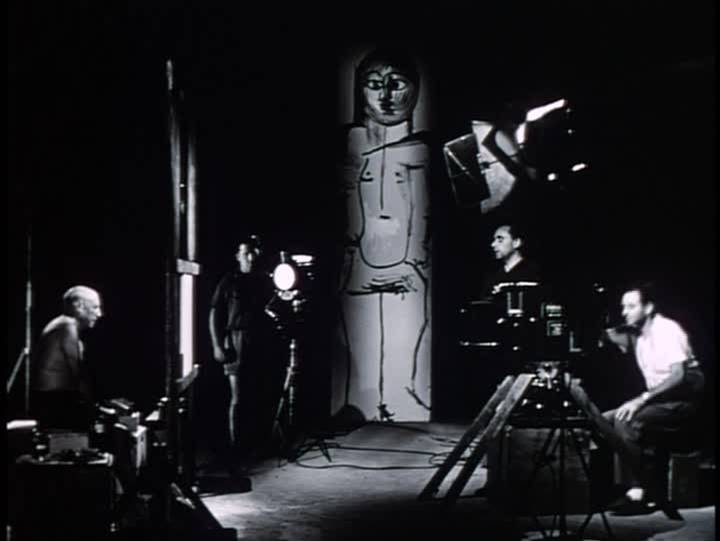
By Daniel Yacavone
Excerpt: “Diverging from most art documentaries, but in accordance with such processual reflexivity and intermediality, in its form as well as content and rhetoric, Mystery presents itself as a developing, mutable creation no less than Picasso’s improvisatory creations within it. Moreover, the film is constructed so as to appear directly responsive to the rhythms, subjects, and formats of Picasso’s pictures: dramatically changing in relation to them in style, tone, and even screen format as it unfolds. As also characteristic of participatory documentaries (Nichols 1991, 2010), such seeming interactivity, in this case involving the nested works and the host film, is likewise present in Five, which stylistically and thematically evolves in ways that reflect and refract the form and content of the Perfect versions (e.g. as analysed by Smith 2008). More specifically, Five’s and Mystery’s process-based artistic nesting occurs on two levels. Through the basic recording capacity of cinema, we witness (in whole or part) the profilmic works being made. The distinctive stylistic means of their presentation within the documentaries, however, further situate the works within an unfolding, hybrid artistic-cinematic process and experience, ultimately equivalent to the films themselves.”
Read the full article here
